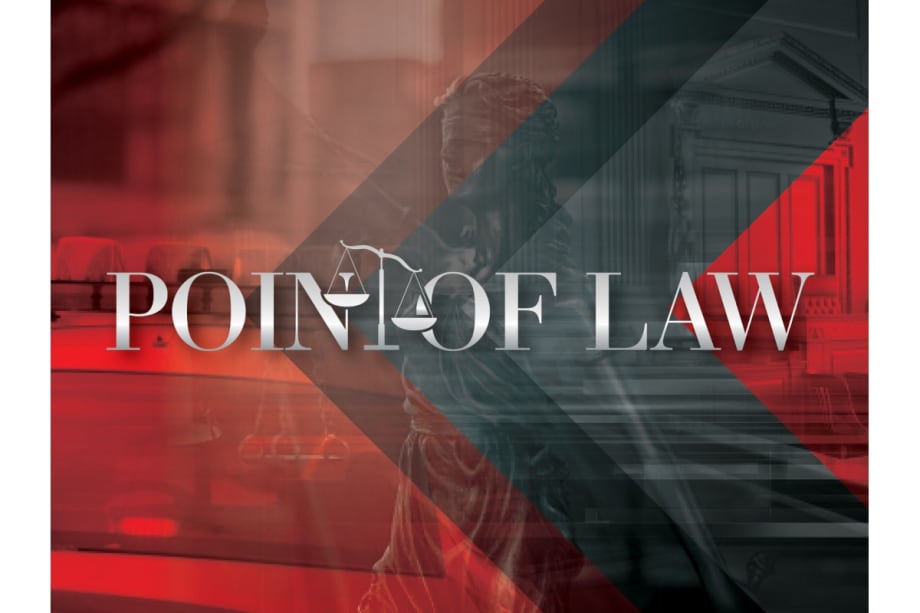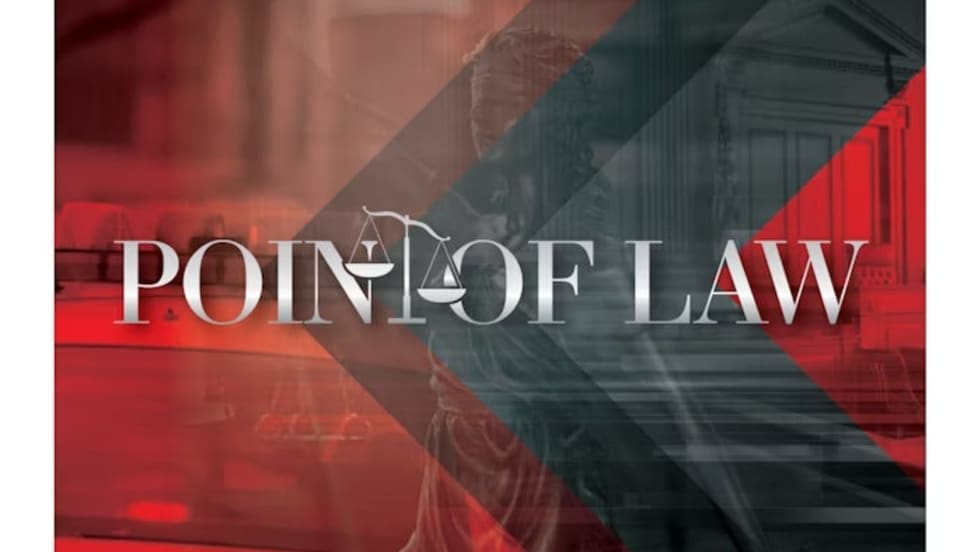In United States v. Davis, 997 F.3d 191 (4th Cir. 2021), the 4th Circuit examines a routine traffic stop that turned into a chase. That chase eventually ended with several illegal possessions getting scooped up and a Fourth Amendment appeal about how the evidence was obtained. The 4th Circuit cited multiple U.S. Supreme Court cases in their argument, including Chimel v. California, New York v. Belton, and Arizona v. Gant.
In Chimel v. California, SCOTUS held that the search-incident-to-arrest exception to the Fourth Amendment’s warrant requirement allows arresting officers to search “both the arrestee’s person and the area within his immediate control.” The Court concluded that it was “reasonable” for arresting officers to search the person being arrested and the area within his reach (1) “in order to remove any weapons that the [arrestee] might seek to use in order to resist arrest or effect his escape” and (2) “in order to prevent [the] concealment or destruction” of evidence. Basically, if you are arresting someone, it makes sense to search both the person and the area around that person. This becomes important later on in to-day’s case.







